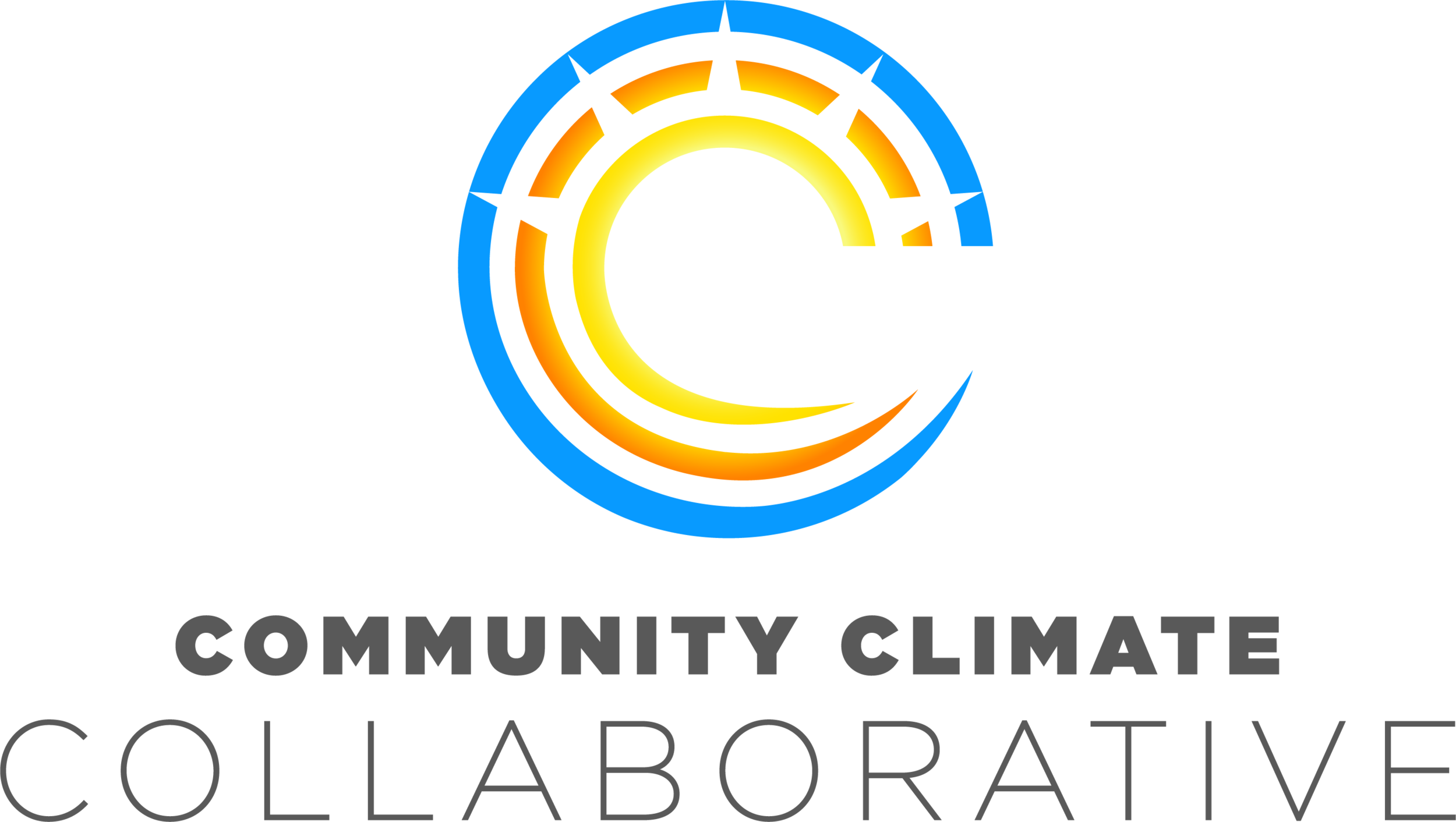The House that Sunshine Built
Sunshine Mathon, the Executive Director of the Piedmont Housing Alliance and our July Climate Leader, works passionately to understand and engage the connections between affordable housing and environmental sustainability.
Sunshine’s design mindset, coupled with a draw towards equity and sustainability, carried him to the University of Austin where he received his Masters in Architecture. He then spent several years working for a non-profit that focused on affordable housing, spearheading a development project that remains one of the top five sustainable models in the U.S. He says of this work, with a notable candor and humility, “Those who are the most impacted by climate change deserve to be in the best buildings.”
Sunshine’s work in Texas eventually drew him into a national conversation around combining affordable housing with the principles of the Living Building Challenge, a green building protocol which proposes buildings can be not only less harmful to the environment, but actively good. In the Living Building vision, each structure is modeled after the life of a flower: collecting all its energy from the sun or soil, processing its own waste, and providing symbiotic relationships with the elements it needs to survive. (To give you a sense of how difficult this is, in 2014 there were only seven Living Building Challenge certified buildings in the entire world.)
For each element of the construction project, (water, energy, materials, etc), there was an attending description of the radical goal that the building hoped to achieve. Yet Sunshine found that this project’s transformative vision was comparatively lacking when it came to the topic of equity. “They even used the word ‘reasonable’ in the description,” he noted, “whereas every other part of the project was wildly unreasonable, which is why I was attracted to it in the first place.”
This is a trend that Sunshine has witnessed extensively in the environmental movement: social equity regarded as an afterthought to sustainability, rather than an interlocking and vital piece. He believes it’s important to challenge environmentalists to view the money we invest through the lens of renewability, essentially asking of every dollar spent: does this money circulate into and give back to the surrounding community? “The spending of money itself has a social consequence.” Sunshine then pauses to add, with his subtly provocative calm, “Just because you can spend the money on an expensive building, does that mean you should?”
The Piedmont Housing Alliance is currently working with the residents of Friendship Court in Charlottesville to re-envision and transform the section eight housing property (built in 1978 and formerly known as Garrett Square), into a more equitable and energy-efficient community. Sunshine describes the central mission of this project as “innovating in a way that will have a direct and long term impact on the families that would call these places home.”
And what is the long term impact of bringing sustainability front and center in the conversation around affordable housing? “Well, for one thing,” Sunshine explains, “20 years from now, 90% of existing buildings will remain. So it is vital to meet the threat of climate change by not only focusing on new construction, but managing existing housing stock.” But it is equally vital to recognize that across the board “those who are most impacted by climate change are those in low-income housing.” For example, as we face increasingly hot summers, (with a predicted 20-30 days over 90 degrees by 2030), a $100 rise in a utility bill is an enormous shift for someone making $14,000 a year; an unfortunate but ultimately inconsequential amount for many wealthier households.
The possibility of lessening these searing socio-economic disparities is what motivates Sunshine, tracing back to a time when he was a child in a cool house, feeling the radiant heat of a wood stove. In sharing a little bit about his background, Sunshine tells me, “I grew up in a context where my family and the people around me were struggling to make ends meet. And what remained a part of my psyche was the question of what kind of home I wanted to make.” Sunshine’s experience growing up in a series of run down and inefficient houses is what roots his professional conviction in personal empathy.
Today sees his work with the Piedmont Housing Alliance as being both small and large, incremental and sweeping. When I ask him towards the end of our interview to share his vision of meeting the climate crisis, he answers with succinct sincerity: “There’s no single large scale solution to climate change. It requires each of us to do our part, a part that can seem meaningless in its smallness, but in the aggregate is the only way forward, the only way we achieve anything.”

